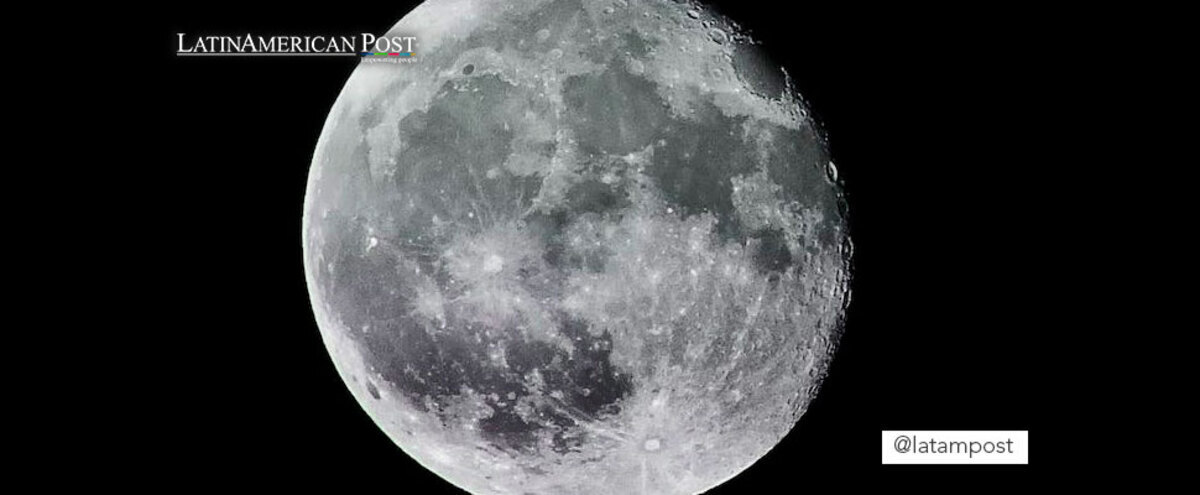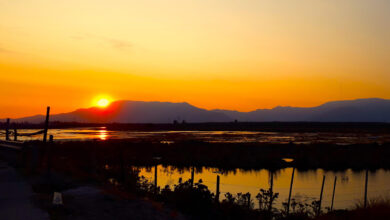China’s Missions to the Moon What Are They Looking For?
The Asian giant is going to carry out more missions to the moon, what are they looking for there?

Photo: Pexels
LatinAmerican Post| Juan Manuel Londoño
Listen to this article
Leer en español: Misiones de China a la luna ¿Qué están buscando?
The idea of traveling to a natural satellite in our solar system and discovering a new resource seems like something out of a science fiction book, but a few days ago China made it a reality.
The economic superpower discovered a new mineral on the lunar surface. Known as Changesite–(Y), it is the sixth mineral that has been discovered by mankind. The resort takes its name from the Chinese mythological moon goddess Chang'e. According to the Xinhua news agency “it is a type of colorless transparent columnar crystal. It was discovered from an analysis of lunar basalt particles by a research team from the Beijing Uranium Geology Research Institute, a subsidiary of the China National Nuclear Corporation.”
Also read: The Most Expensive Smartphones on the Market Today
This mineral contains the helium-3 isotope, so it is speculated that it could be used as an energy source. More specifically, it could be useful for the creation of energy through nuclear fusion. Helium-3 reserves are extremely rare on Earth, because the atmosphere protects us from radiation. However, the Moon does not have this protective shield, so this material is abundant on it. According to some estimates, all of this material could supply the Earth's energy reserves for the next 250 years.
The Race for Lunar Materials
Due to the importance of helium-3 as a material, the Chinese government has approved three new missions to the Moon that will be carried out during the next ten decades. The race to obtain useful resources that can only be extracted on the moon is not exclusive to this country and several world superpowers have already joined it. For example, India's first lunar probe, called Chandrayaan-1, was launched on October 22, 2008, and was mapping the Moon's surface for minerals containing helium-3.
Of course, despite the fact that the Moon has various symbolic elements of various nations, such as the United States flags planted by the Apollo astronauts, no country owns any part of its surface. This makes the idea of harvesting resources from its surface controversial and undefined, to say the least.
This does not mean that there have not been efforts by various entities that have tried to appropriate these resources. For example, several private companies prompted the US government to sign the Commercial Space Launch Competitiveness Act of 2015 seven years ago, which allows US citizens and industries to “engage in the commercial exploration and exploitation of space resources.” In 2020, Donald Trump also signed an executive order to support lunar resource mining.
The truth is that for now we cannot say anything concrete, and it is most likely that the legal status of extraterrestrial mining will become clearer as space exploration progresses further. Will it be a point of conflict between the superpowers in the future?




